sales@landyounggroup.com
+86 133 2318 2255
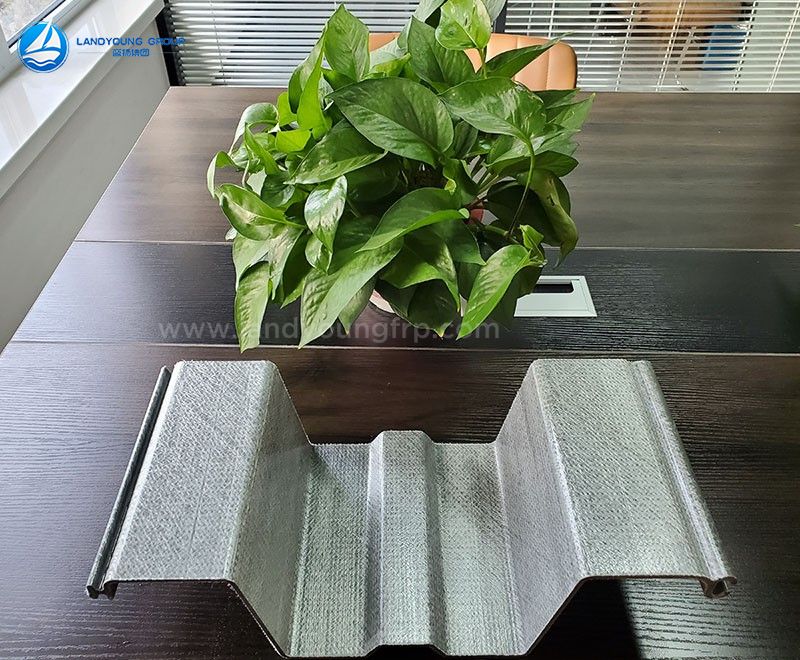
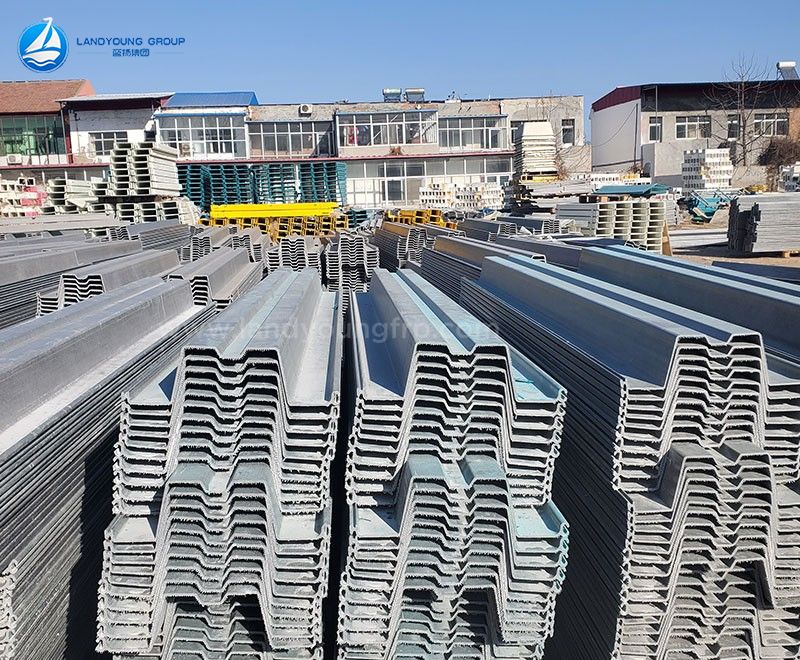
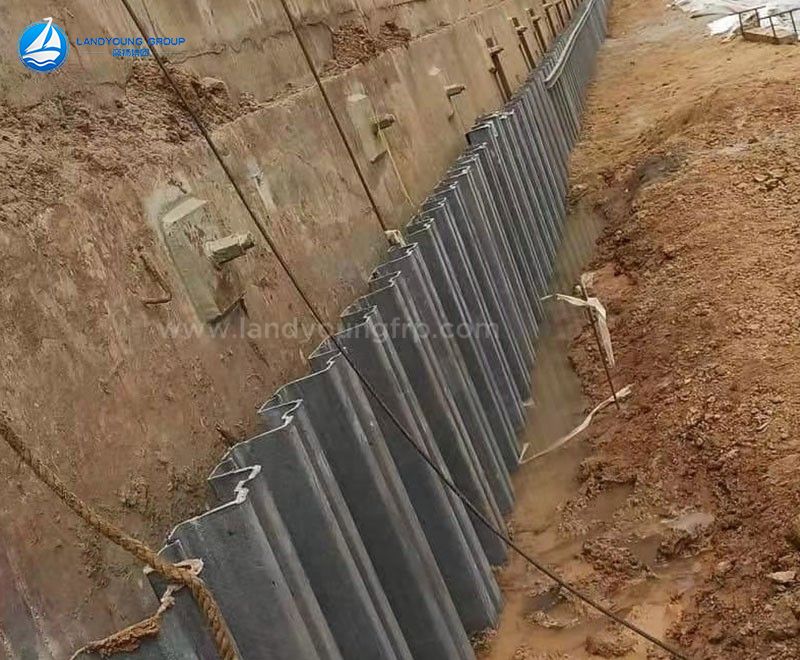
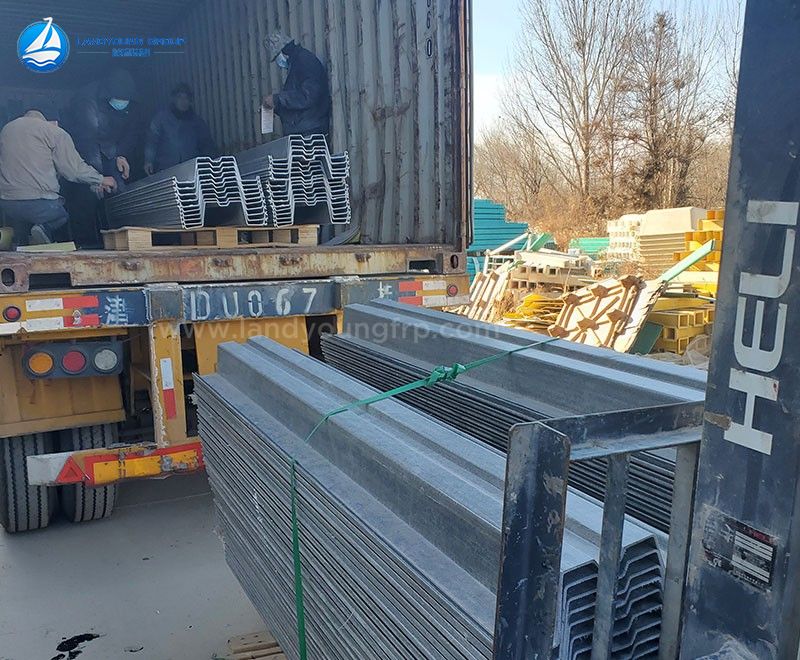
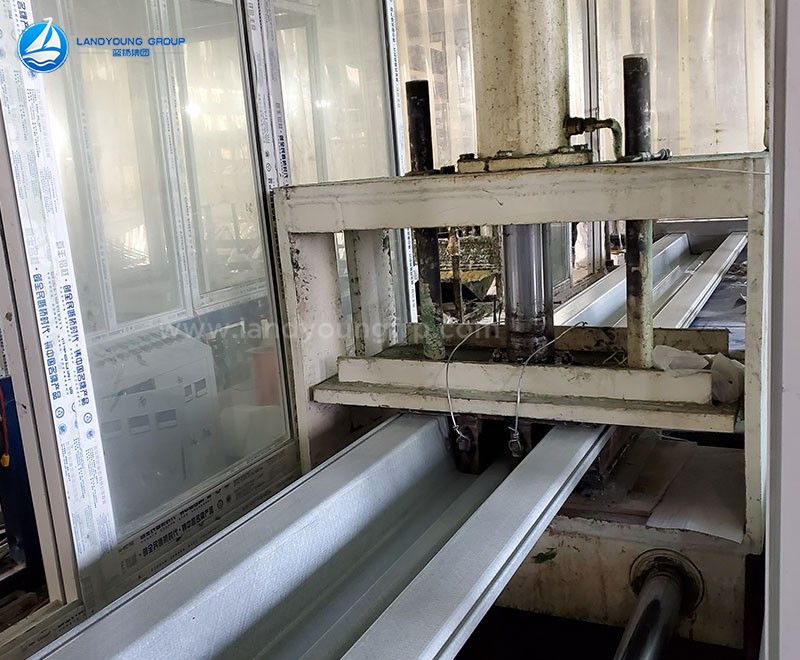
LANDYOUNG FRP sheet piling is a composite material profile made of E-glassfiber, unsaturated polyester resin or vinyl resin by pultrusion process. FRP Sheet Piling is resistant to corrosion and will not rot or flake, which helps builders reduce maintenance costs and future replacement. FRP Sheet Piling is more resistant to impact, creep, UV and weathering effects than vinyl (PVC) materials and is easier to install in harder soils than vinyl sheet piling.
LANDYOUNG FRP sheet piling is a composite material profile that is manufactured using a pultrusion process. It is composed of E-glassfiber combined with unsaturated polyester resin or vinyl resin. FRP sheet piling offers excellent corrosion resistance and does not rot or flake, making it a cost-effective option for builders who want to minimize maintenance expenses and future replacements. In comparison to vinyl (PVC) materials, FRP sheet piling demonstrates superior resistance to impact, creep, UV radiation, and weathering effects. Additionally, it is easier to install in challenging soil conditions compared to vinyl sheet piling.
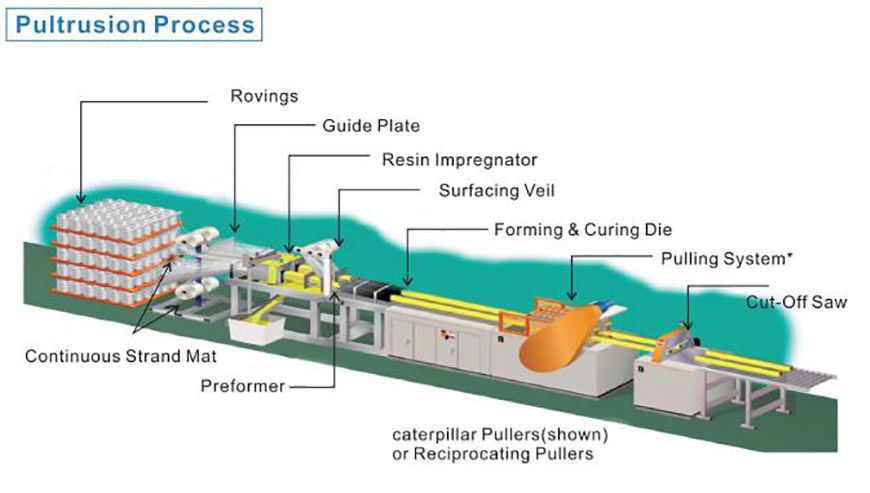
FRP sheet piling has a wide range of applications and can be used in water conservancy and farmland construction projects, disaster prevention and mitigation projects, construction projects, traffic engineering, port engineering, municipal engineering, environmental protection engineering, aquaculture, animal husbandry, marine development and other fields.
• Marine Bulkheads & Seawalls
• Tide Walls
• Breakwaters
• Jetty Structures
• Scour Protection and Erosion Control
• Retaining Walls
• Groundwater cut-off
• Chemical containment
• Fluid Seepage Barriers
• Protection of Foundation Structures
• Flood Protection
• Flood Walls / Flood Levee
• Stabilization of Dams
• Protection of Piping
• Baffle Walls for water or waste water flow control
• River Weirs
• Pond Linings
• Channel Linings for agricultural applications
• River Diversion
• Mining drainage systems
FRP sheet piling solves the corrosion problems of the traditional reinforced concrete and steel revetment layout, reduces the maintenance cost of the layout, and enhances the durability and safety of the layout.
The real measure of this is not just the comparison of costs for the initial installation; you also need to figure in the costs over the long term. Since FRP sheet piling lasts much longer than more traditional materials, the cost of repairs and replacement is delayed.
It is well known that wood fades over time. Paint may cover that up, but the paint color will fade as well. There is really not a lot you can do about that except continue to paint in order to keep it looking nice.
FRP sheet piling, on the other hand, holds the same beautiful appearance for a very long time.
Most materials react negatively to the harmful ultraviolet rays of the sun, and it doesn't take very long for that to start happening. When the time period is stretched out over years, the sun can do some real damage.
FRP sheet piling is designed to be resistant to this, so the effects of the sun are not as serious or as quick.
Marine borers are small mollusks or crustaceans that live in the ocean, and their primary source of sustenance is wood. If you use wood for your seawall construction, you will almost immediately have marine borers latching on and drilling into it.
This degrades the integrity and stability of the seawall over time, which defeats the whole purpose of the structure. You want your seawall to be strong enough to withstand very harsh conditions. If a marine borer comes across a seawall constructed with FRP, it just keeps moving. FRP provides no attraction at all for marine borers.
FRP sheet piling provides for an easy installation, particularly compared to wood. Wood is subject to imperfections, warping, and various deformities. This can sometimes cause problems or delays at the time of the installation. Unlike wood, FRP sheet piling does not grow in nature; the components of a vinyl seawall are manufactured to some very strict and precise standards. There is virtually no room for error, so you are able to have a consistent product each time. This means an easy installation.
Due to its superior corrosion resistance, FRP Sheet Piling can be installed with the confidence of performance even after 50 years

We can design and produce other sizes according to customer requirements.
FRP Sheet Piles can either be driven, jetted in or dug and then installed. Driving is the most frequent method for installation of vinyl sheet piling. Frequently a protective steel cap or mandrel is utilised to protect the piling head and ensure more even distribution on the end of the sheet piling of the driving load. Under some conditions an excavator can be used to provide the necesssary download force to press the sheet piling in. A steel mandrel with the same profile as the sheet piling can also be utilised to prepare the soil for the proceeding piling while the current piling is being driven in. High pressure air or water jetting can be used to augment the driving by creating a pressure under the sheet piling foot to loosen and remove the soil directly under it. Digging is the last resort if the soil conditions are rocky and driving or jetting is not feasible.
How does FRP sheet piling compare to vinyl (PVC) materials?
FRP sheet piling outperforms vinyl materials in terms of impact resistance, creep resistance, UV resistance, and weathering resistance. It is also more suitable for installation in harder soils.
What applications is FRP sheet piling suitable for?
FRP sheet piling is commonly used in various applications, such as seawalls, bulkheads, flood barriers, retaining walls, and underground structures. It provides a long-lasting and cost-effective solution for these projects.
Can FRP sheet piling be customized?
Yes, FRP sheet piling can be customized according to specific project requirements. It can be manufactured in different sizes, shapes, and configurations to suit the needs of different applications.
Is FRP sheet piling environmentally friendly?
Yes, FRP sheet piling is considered an environmentally friendly option. It is non-toxic, does not release harmful substances into the environment, and has a long service life, reducing the need for frequent replacements.
How long does FRP sheet piling last?
FRP sheet piling is designed to have a long service life. With proper installation and maintenance, it can last for several decades, providing a durable and reliable solution for various construction projects.